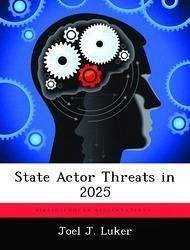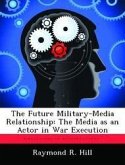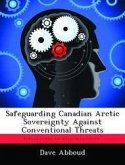To evaluate properly the utility of a proposed technology, especially one developed for military purposes, one must also understand the context in which the developer will employ that technology. This is because the enemy is always trying to counter one's capabilities and render them ineffective. In addition, the military never operates freely - certain political considerations always govern (and restrain) the use of military force. As a result, when trying to determine the technologies in which the USAF should invest, the context in which they will be employed becomes paramount. To that end, the paper develops four scenarios surrounding state actor threats in the year 2025. The Wishful Thinking scenario describes a state whose military is materials-based and fights the US military in a large-scale, force-on-force conflict. The Information Immobilization adversary will also attempt to fight the US on the regular battlefield, but will do so using information-based systems to counter USAF capabilities. This work has been selected by scholars as being culturally important, and is part of the knowledge base of civilization as we know it. This work was reproduced from the original artifact, and remains as true to the original work as possible. Therefore, you will see the original copyright references, library stamps (as most of these works have been housed in our most important libraries around the world), and other notations in the work. This work is in the public domain in the United States of America, and possibly other nations. Within the United States, you may freely copy and distribute this work, as no entity (individual or corporate) has a copyright on the body of the work. As a reproduction of a historical artifact, this work may contain missing or blurred pages, poor pictures, errant marks, etc. Scholars believe, and we concur, that this work is important enough to be preserved, reproduced, and made generally available to the public. We appreciate your support of the preservation process, and thank you for being an important part of keeping this knowledge alive and relevant.
Bitte wählen Sie Ihr Anliegen aus.
Rechnungen
Retourenschein anfordern
Bestellstatus
Storno






